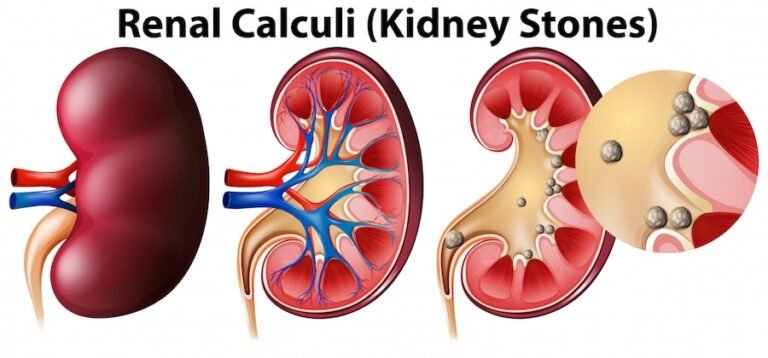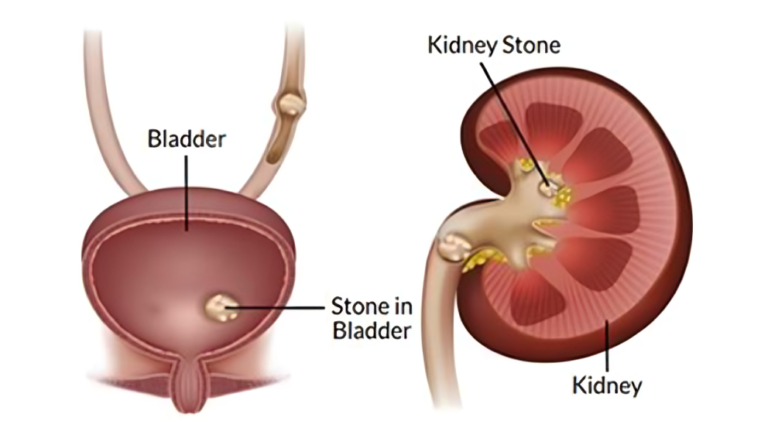Rare Forms Of Bladder Stones: Insights And Case Studies
Bladder stones, though commonly encountered in clinical practice, can manifest in various forms that are less frequently observed but equally significant. Understanding these rare forms is essential for accurate diagnosis, effective management, and improved patient outcomes. This article delves into the insights gained from studying rare types through intriguing case studies.
To Know More About It Please Click Here
Bladder stones, also known as vesical calculi, are mineral deposits that form within the bladder. While the most common types of bladder stones are composed of calcium oxalate or phosphate, rare forms may arise due to distinct underlying conditions or metabolic abnormalities. These unusual presentations pose diagnostic challenges and often necessitate tailored treatment approaches.
One such rare form of Bladder stones is the xanthine
which occurs in individuals with a hereditary deficiency of the enzyme xanthine oxidase. Without this enzyme, xanthine, a metabolic byproduct, accumulates and crystallizes within the bladder, leading to stone formation. A case study published in the Journal of Endourology documented a 42-year-old male presenting with recurrent urinary tract infections and hematuria. Imaging revealed multiple bladder stones, later confirmed to be composed predominantly of xanthine. The patient underwent surgical intervention followed by long-term allopurinol therapy to prevent stone recurrence.
Another intriguing case involves the formation of bladder stones secondary to the long-term use of certain medications. In a case report published in Urology Case Reports, a 65-year-old woman with a history of neurogenic bladder and chronic catheterization developed bladder stones composed of an unusual medication residue. Analysis revealed the stones were primarily composed of precipitated polyvinylpyrrolidone (PVP), a common excipient found in pharmaceutical formulations such as extended-release tablets. This case underscores the importance of considering medication history in patients presenting with bladder stones, especially in those with complex medical conditions.
Furthermore
metabolic disorders such as cystinuria, a rare genetic condition characterized by defective renal tubular reabsorption of cystine, can predispose individuals to the formation of cystine bladder stones. In a case study published in Urology, a male patient, age 28, was diagnosed with recurrent renal colic and UTIs.Subsequent analysis of the retrieved confirmed the presence of cystine crystals. Management of cystine often involves aggressive hydration, urinary alkalinization, and the use of medications such as tiopronin or D-penicillamine to reduce cystine excretion.
Additionally
foreign body represents an unusual but noteworthy entity. These form around foreign objects accidentally introduced into the bladder, such as retained surgical items or migrated intrauterine devices (IUDs). A case series published in Urology Annals described three cases of Bladder stones associated with retained surgical gauze, necessitating cystoscopic retrieval and stone fragmentation.
In conclusion: Bladder Stones
rare forms of present diverse etiologies and clinical scenarios that require meticulous evaluation and management. Insights gained from studying these unusual cases not only expand our understanding of bladder stone pathophysiology but also underscore the importance of individualized approaches to diagnosis and treatment. By incorporating multidisciplinary expertise and leveraging advanced diagnostic modalities, healthcare professionals can effectively navigate the complexities associated with rare bladder stone presentations, ultimately enhancing patient care and outcomes.
Also, Follow us on Instagram







